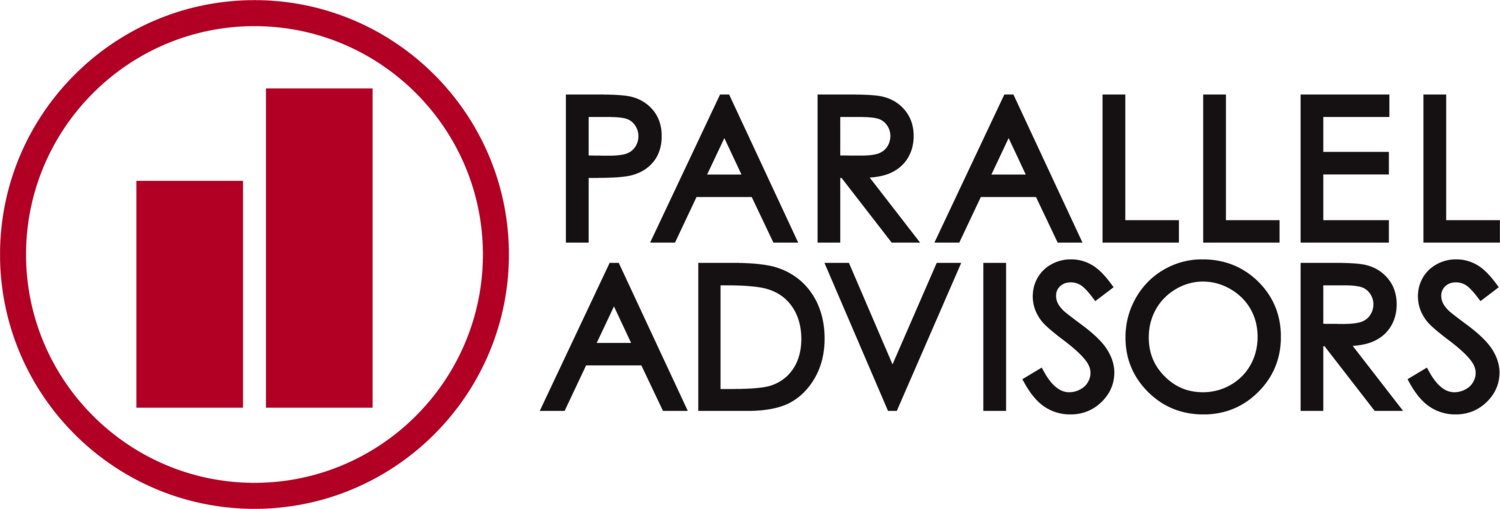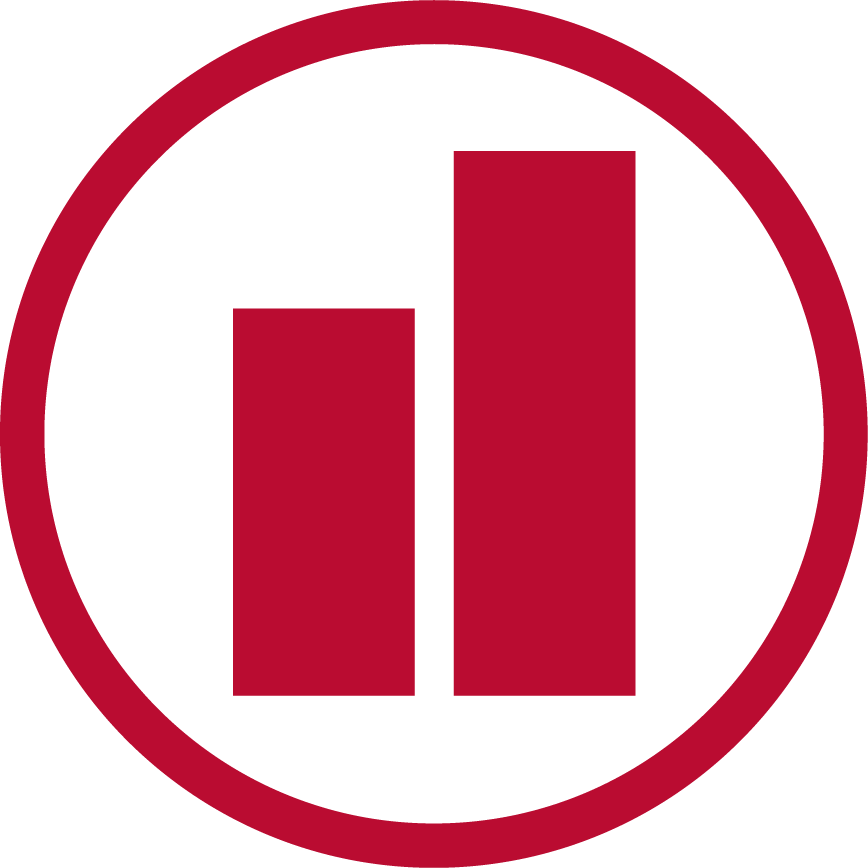Q2 2023 Review & Outlook
by Chris Broderick, Research and Trading Director
Declining Inflation and Resilient Growth Push Stocks Higher in Q2
Stocks in the second quarter(1) experienced solid gains as inflation declined and growth remained resilient. The S&P 500(2) and other major indices performed well following the Federal Reserve's pause in rate hikes, better-than-expected corporate earnings, and the resolution of the U.S. debt ceiling extension. At the beginning of the quarter, investors were concerned about potential negative effects after the failures of Silicon Valley Bank and Signature Bank in March. However, these concerns turned out to be exaggerated as regional banks remained stable. This allowed investors to shift their focus to corporate earnings, which turned out better than feared. Around 78% of S&P 500 companies beat expectations for Q1 earnings, surpassing the long-term average of 66%(3). Strong corporate performance led to a gradual increase in stock prices throughout most of April. However, concerns about the solvency of First Republic Bank dampened market sentiment at the end of the month after an underwhelming earnings report(4).
On May 1st, the fears surrounding First Republic Bank's failure became a reality as regulators seized the bank. However, investor anxiety was calmed by JPMorgan's announcement that it would acquire the bank from the FDIC on the same day(5) . Additionally, the Federal Reserve's rate hike on May 2nd, coupled with their change in language indicating a pause in rate hikes at the next meeting, redirected investor attention away from the First Republic failure(6). Despite expectations of this change, it failed to generate significant positive momentum for the market. Instead, the tech sector drove the S&P 500 higher in mid-May(7) due to increased enthusiasm about the prospects of Artificial Intelligence (AI) (8). However, volatility returned by the end of the month due to the lack of progress on a U.S. debt ceiling extension, raising fears of a breach and possible default. In the end, Speaker McCarthy and President Biden agreed to a two-year debt ceiling extension on May 28th, which was subsequently signed into law, averting the feared financial catastrophe(9).
With the debt ceiling issue resolved, an expected pause in the Fed's rate hikes, and continued stability in regional banks, the stock market rally resumed in early June and was supported by several potentially positive developments. First, inflation declined, with the Consumer Price Index (CPI)(10) reaching its lowest level in two years(11). Second, economic data remained impressively resilient, alleviating concerns about an imminent recession. Finally, at the June 14, 2023 Federal Open Market Committee meeting, the Fed decided to keep rates steady and confirmed market expectations of a pause in rate hikes, further fueling the stock market rally(12).
In summary, the past quarter brought positive developments for the economy and markets, including a twoyear low in inflation, a temporary pause in the Fed's rate hiking campaign, and the resolution of the debt ceiling extension without significant contagion from earlier regional bank failures. However, it’s important to recognize that significant risks still exist for the economy and markets. The market has taken an optimistic stance on the resolution of various macroeconomic uncertainties, but the outcomes are still uncertain. Furthermore, due to the strong year-to-date rally in stocks, markets no longer have the buffer of low expectations and lower valuations to soften the impact of potential disappointments.
One issue is that the full impact of the Fed's historically aggressive rate hiking campaign on the economy has not yet been fully felt. While the economy and labor market have demonstrated impressive resilience thus far, historical evidence shows that the effects of rate hikes can take longer than expected to influence economic growth. We anticipate the economy to slow further in the second half of 2023 as the delayed impact of these rate hikes continues to manifest. The key factor for markets will be the intensity of this slowdown since stocks are currently not pricing in a significant economic deceleration.
Regarding inflation, progress has been made in reducing it, as the year-over-year CPI dropped from over 9% in 2022 to 3% in less than a year13. This is a positive development, but even at 3%, CPI remains above the Fed's target of 2%. If inflation rebounds or fails to continue declining, the Fed may raise rates further, which would weigh on economic growth.
Although the market has handled the failures of regional banks relatively well so far, it is premature to declare the crisis completely resolved. Reduced lending by regional banks poses a potential threat to the commercial real estate market and small businesses in general. Measures implemented by the Fed in March have temporarily contained the problem, but it remains a risk worth monitoring in the second half of the year.
Adding to the uncertainty, investor sentiment has become overwhelmingly optimistic. The CNN Fear/Greed Index14 reached "Extreme Greed" levels, and the American Association for Individual Investors (AAII) Bullish/Bearish Sentiment Index hit its most bullish level since November 202115. While excessive positive sentiment doesn't guarantee market declines, this sudden surge in enthusiasm should be considered alongside the ongoing uncertainty in the macroeconomic environment.
In conclusion, positive macro developments in 2023 have contributed to the stock market's rebound. Nevertheless, it is crucial to acknowledge the presence of multiple and diverse risks for the economy and markets. Therefore, while we are pleased with the market's performance year-to-date, we remain watchful of economic and market risks. Our focus is on managing both risk and return potential across client portfolios. We also recognize that a well-designed, long-term-focused, and diversified financial plan can withstand any market surprises and related volatility going forward. Thank you for your trust and partnership. Please don't hesitate to contact your advisor for any questions, comments, or to schedule a portfolio review.
1 https://paralleladvisors.box.com/v/ConwayDailyMktUpdate6302023
2 The S&P 500® is widely regarded as the best single gauge of large-cap U.S. equities. The index includes 500 leading companies and covers approximately 80% of available market capitalization.
3 https://advantage.factset.com/hubfs/Website/Resources%20Section/Research%20Desk/Earnings%20Insight/EarningsInsight_06012 3.pdf
4 https://thehill.com/business/3970736-first-republic-earnings-resurface-banking-worries-as-debt-ceiling-vote-rattles-market/
5 https://www.politico.com/news/2023/05/01/jpmorgan-chase-first-republic-fdic-00094622
6 https://www.federalreserve.gov/newsevents/pressreleases/monetary20230503a.htm
7 https://money.com/can-tech-stocks-keep-driving-the-market-rally/
8 https://www.forbes.com/sites/qai/2023/05/26/nvidia-stock-surges-off-huge-ai-focused-earnings-report/?sh=69c2e0d29a41
9 https://www.nbcnews.com/politics/congress/senate-passes-debt-ceiling-bill-sending-biden-become-law-avert-disaste-rcna87307 10 The Consumer Price Index (CPI) is a measure of the average change over time in the prices paid by urban consumers for a market basket of consumer goods and services.
This material is provided for informational purposes only and should not be construed as investment advice. Different types of investments involve varying degrees of risk. Discussion or information contained in this presentation does not substitute personalized investment advice from Parallel or another professional advisor of your choosing. Any opinions or forecasts contained herein reflect the subjective judgments and assumptions of Parallel Advisors, LLC (“Parallel”). Parallel cannot and does not provide warranties nor representations as to the reliability or accuracy of the content it shares.

